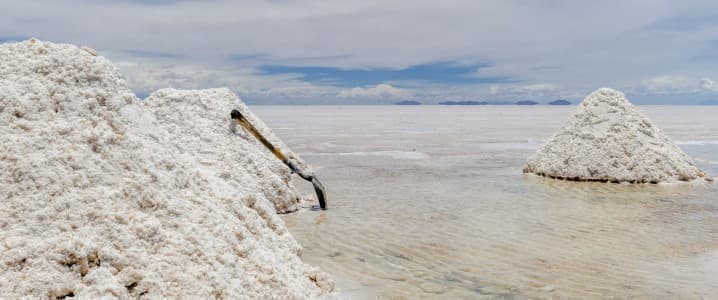The Hidden Costs of Lithium: Water Scarcity and Environmental Risks
As the world increasingly shifts towards clean energy, lithium remains a crucial component for electric vehicles and energy storage solutions. However, the environmental cost of extracting this “white gold” is becoming a significant concern. The process of mining lithium is straining global freshwater supplies, particularly in regions that are already suffering from water scarcity.
The demand for lithium is surging globally as clean energy initiatives expand. According to the International Renewable Energy Agency, lithium demand for batteries could increase tenfold from 2020 to 2030. A 2023 report highlights the need for 250,000 to 450,000 tonnes of lithium by 2030 to meet the demands of an electrified economy, a stark contrast to the mere 105 tonnes produced in 2021.
The extraction process primarily involves pumping saline brine to the surface and allowing it to evaporate, consuming an astounding 500,000 gallons of water per tonne of lithium extracted. This method is predominantly used in areas like the Lithium Triangle in South America, which includes the world’s driest desert, the Atacama. In Chile’s part of the Atacama, 65% of the region’s water is used for lithium mining, highlighting the environmental impact.
Recent findings from the University of Massachusetts Amherst, published in Communications Earth & Environment, reveal that the available freshwater for lithium mining in the Lithium Triangle has been grossly overestimated—by a factor of ten. These overestimations are not isolated to this region but could reflect a broader miscalculation globally. The study’s authors emphasize the need for improved water management in lithium extraction. “Water is the most important resource in these systems, and it’s the part of the system that is most sensitive to change,” said David Boutt, a co-author of the study.
Besides water consumption, the extraction process poses risks of contamination. The evaporation of brine leaves behind not only lithium but also toxic chemicals like hydrochloric acid. These substances can seep into local water supplies, posing a threat to communities, ecosystems, and agriculture. According to a 2024 report by Friends of the Earth, “The release of such chemicals through leeching, spills or air emissions can harm communities, ecosystems and food production.”
Guillermo Gonzalez, a lithium battery expert from the University of Chile, stated in a 2009 interview, “Like any mining process, it is invasive, it scars the landscape, it destroys the water table and it pollutes the earth and the local wells.” This raises concerns about the sustainability of current practices, urging a balance between technological advancement and environmental preservation.
For more insights on energy and environmental topics, visit Oilprice.com.
Original Story at oilprice.com
